Special Pricing Ends
March 12, 2025
Judging
Date
May 19, 2025
Winners Announcement
June 10, 2025

The global wine industry has long been dominated by traditional wine regions in Europe, but as the world's palate continues to evolve, new players are stepping onto the stage. Asia, a continent known for its rich cultural diversity, is now emerging as a formidable force in the world of wine. Investigating ten upcoming wine-producing regions in Asia is augmented by drawing quick historical parallels with other emerging regions that have successfully carved their niche in the wine world. All the wine regions belong to the Asian continent, although some include historical wine-producing regions such as Israel and Turkey.
Historical Parallel: Australia's Margaret River
India's Nashik Valley, with its volcanic soil and temperate climate, is making waves in the wine industry. Reminiscent of Australia's Margaret River in the 1960s, Nashik Valley is rapidly gaining recognition for its quality wines, including Sauvignon Blanc and Shiraz. Like Margaret River, which evolved from a remote region into a global wine destination, Nashik is on a similar trajectory.
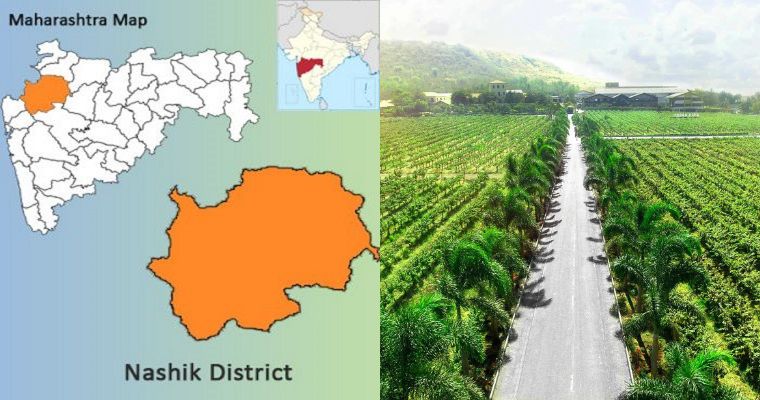
Image: Sula Vineyard of Nashik District
Historical Parallel: Chile's Casablanca Valley
Much like Chile's Casablanca Valley, which once faced skepticism, China's Ningxia region is proving that it has the potential to produce exceptional wines. With its dry climate and well-drained soils, Ningxia has become known for its premium Cabernet Sauvignon and Merlot. Just as Chile challenged traditional wine regions with its New World approach, China is poised to do the same.
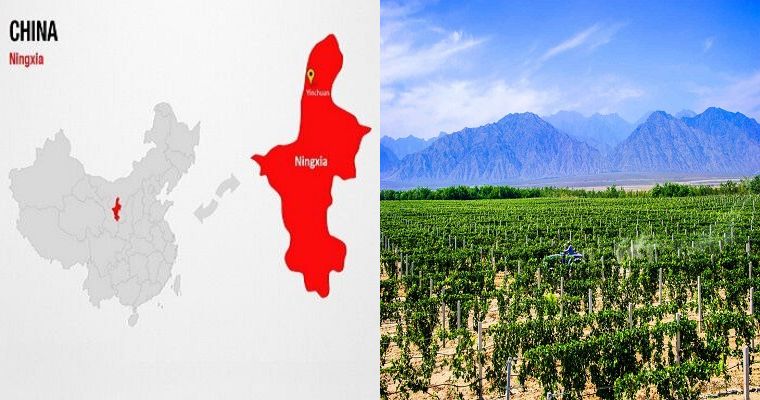
Image: Ningxia Vineyards
Historical Parallel: New Zealand's Marlborough
Yamanashi Prefecture, nestled at the base of Mount Fuji, is reminiscent of New Zealand's Marlborough region. Yamanashi's Koshu grape variety, producing crisp white wines, mirrors Marlborough's Sauvignon Blanc success story. Both regions started with unique grape varieties and are now recognized globally for their distinctive styles.
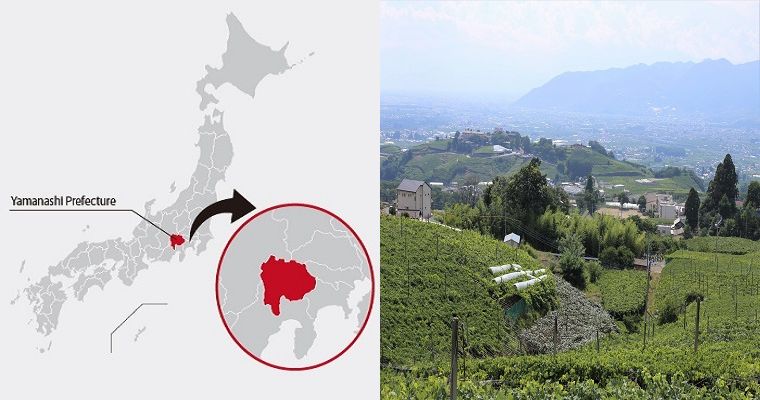
Image Source: Japan Yamanashi - Koshu Velly
Historical Parallel: Argentina's Uco Valley
Khao Yai in Thailand is akin to Argentina's Uco Valley. The elevation and cooler climate of Khao Yai have garnered attention for producing wines like Chenin Blanc and Shiraz. Similar to how Argentina's Uco Valley disrupted the traditional wine scene, Khao Yai is making a name for itself in Southeast Asia.
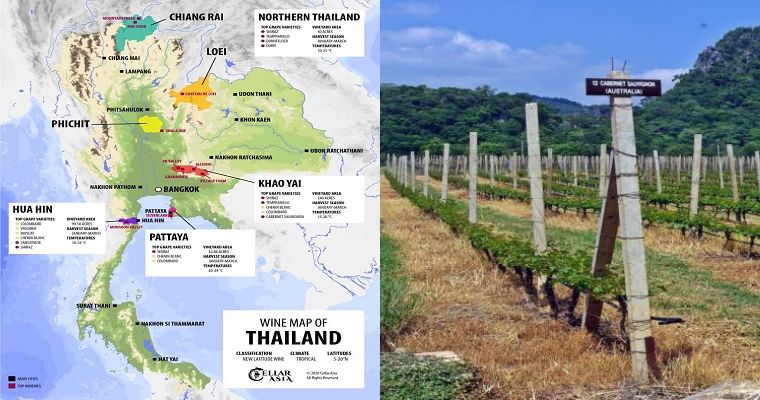
Image Source: Thailand Khao Yai Valley (Beverage Trade Network)
Historical Parallel: South Africa's Stellenbosch
Dalat in Vietnam is experiencing a winemaking renaissance, much like South Africa's Stellenbosch did a few decades ago. Dalat's high-altitude vineyards and temperate climate are ideal for grape cultivation, resulting in wines that are gaining international recognition. Stellenbosch, once a lesser-known region, is now celebrated for its diverse wine offerings.
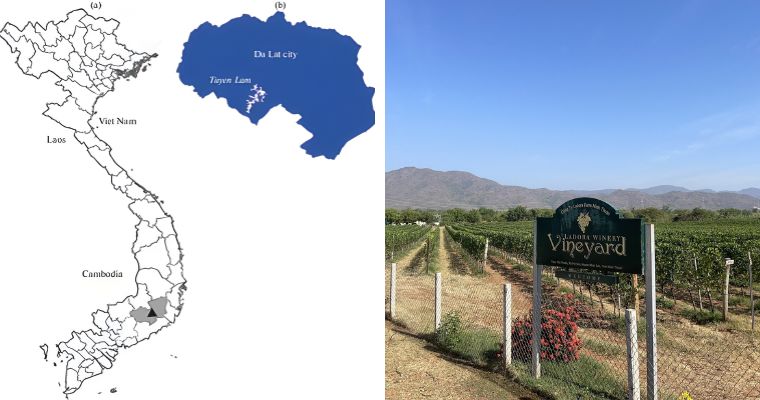
Image Source: Vietnam - Dalat Grapes Growing Areas - Ladora Winery
Historical Parallel: Oregon's Willamette Valley
South Korea's wine industry is in its nascent stage, resembling Oregon's Willamette Valley in the 1970s. Yeongcheon, with its Chardonnay and Pinot Noir wines, is slowly but surely gaining recognition. Just as Oregon's Pinot Noir later became a world-renowned grape variety, South Korea's Yeongcheon has the potential for a bright future.
[[relatedPurchasesItems-61]]
Historical Parallel: California's Napa Valley
While not entirely in Asia, Lebanon's Beqaa Valley shares a similarity with California's Napa Valley in terms of challenging the status quo. Beqaa Valley's Chateau Musar, known for its Bordeaux-style blends, reflects how Napa Valley disrupted traditional French winemaking, eventually becoming a global wine powerhouse.
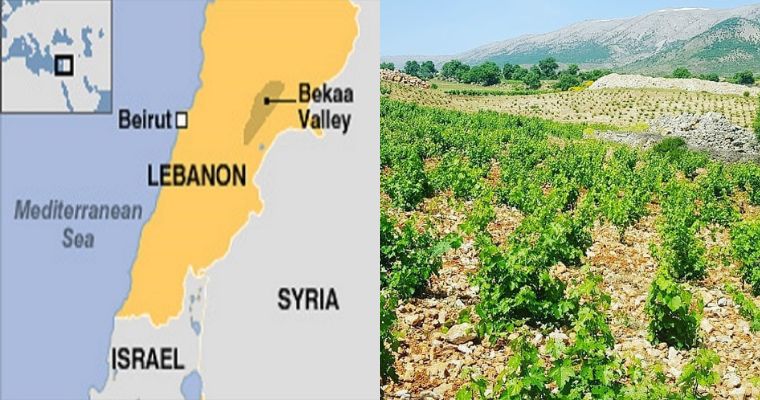
Image Source: Lebanon, Bekaa Valley - Chateau Musar
Historical Parallel: Spain's Rioja
Georgia's Kakheti region, with its traditional qvevri winemaking techniques and indigenous grape varieties like Saperavi and Rkatsiteli, shares a historical parallel with Spain's Rioja. Both regions have deep-rooted winemaking traditions and unique terroirs, contributing to their iconic status in the wine world.
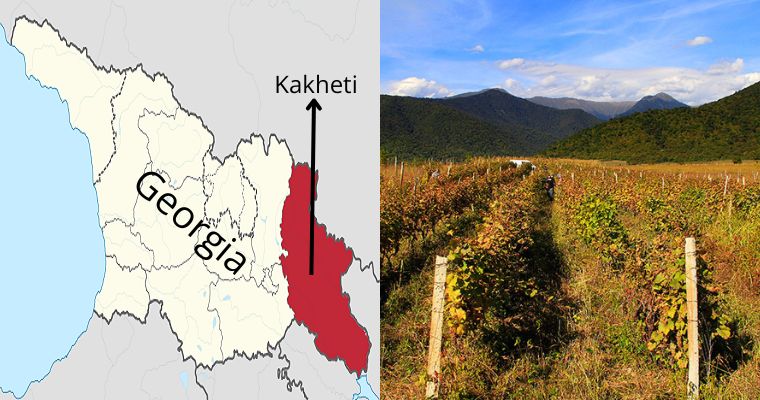
Image Source: Georgia - Kakheti Vineyard (Wikipedia)
A Historical Parallel: Australia's Barossa Valley
Israel's Galilee region, known for its diverse microclimates and quality wines, draws a historical parallel with Australia's Barossa Valley. Both regions have faced initial challenges in gaining recognition but have succeeded in producing world-class wines. Galilee, like the Barossa Valley, is now celebrated for its Cabernet Sauvignon, Merlot, and Chardonnay wines, showcasing the potential of this emerging wine region.
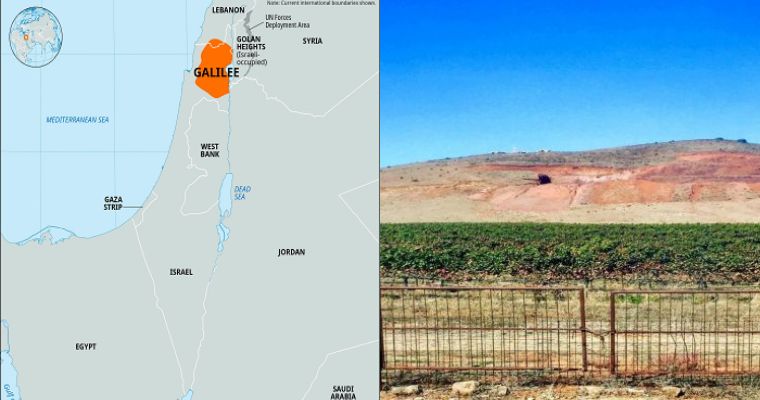
Image Source: Beverage Trade Network - Galilee Vineyards, Israel
Historical Parallel: Portugal's Douro Valley
Cappadocia, with its volcanic soil and unique topography, shares similarities with Portugal's Douro Valley. Both regions have embraced their terroir to produce wines like Öküzgözü and Narince. Just as Portugal's Douro Valley emerged as a world-class wine region, Cappadocia is poised for a bright future in the wine world.
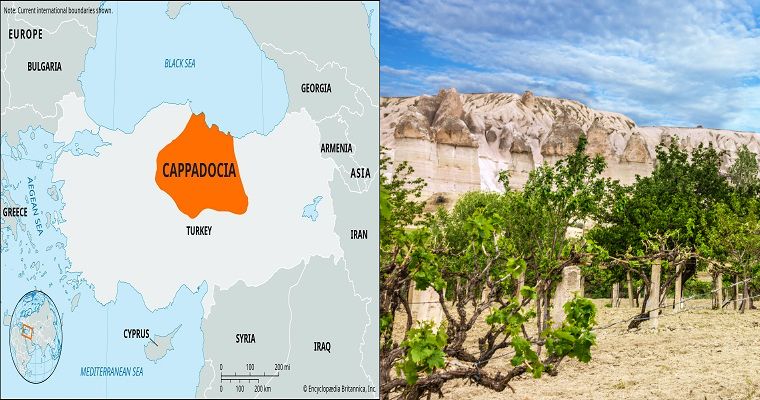
Image Source: Turkey - Cappadocia Vineyard (WSET)
These ten emerging wine-producing regions on the Asian continent have started commercial journeys that mirror the historical evolution of now-established wine regions across the globe. With unique terroirs, indigenous grape varieties, and a commitment to quality, these Asian regions are already leaving their mark in the world of wine. As they continue to refine their winemaking practices and gain recognition, wine enthusiasts can look forward to discovering new and exciting styles coming from these dynamic Asian wine regions. Asia's vinous revolution is well underway, and it promises an exciting and diverse future for the world of wine. It’s worth keeping a close eye on the continued growth and success of these emerging wine regions.
Enter your Wines now and get in front of top Sommeliers, Wine Directors, and On-Premise Wine Buyers of USA.
